Choosing between Kruger National Park vs Maasai Mara can be a tough decision for any safari enthusiast. Both destinations offer incredible wildlife experiences, stunning landscapes, and rich cultural encounters.
Kruger National Park, located in South Africa, is one of the largest game reserves in Africa, spanning nearly 20,000 square kilometers. It is renowned for its diverse ecosystems, from dense woodlands to expansive savannas.
On the other hand, Kenya’s Maasai Mara is famed for its vast open plains, the annual Great Migration, and its rich Maasai culture. This comprehensive comparison will help you decide which park best suits your safari dreams.
Location and Accessibility
Kruger National Park, South Africa

Kruger National Park is located in the northeastern part of South Africa, bordering Mozambique and Zimbabwe. It is one of the largest national parks in the world, covering nearly 20,000 square kilometers.
The park is easily accessible from major cities like Johannesburg and Pretoria. Visitors can fly into Kruger Mpumalanga International Airport or Phalaborwa Airport and then drive or take a shuttle to the park.
Kruger also has several airstrips for private charters, making it convenient for those seeking a more exclusive experience.
Maasai Mara National Park, Kenya
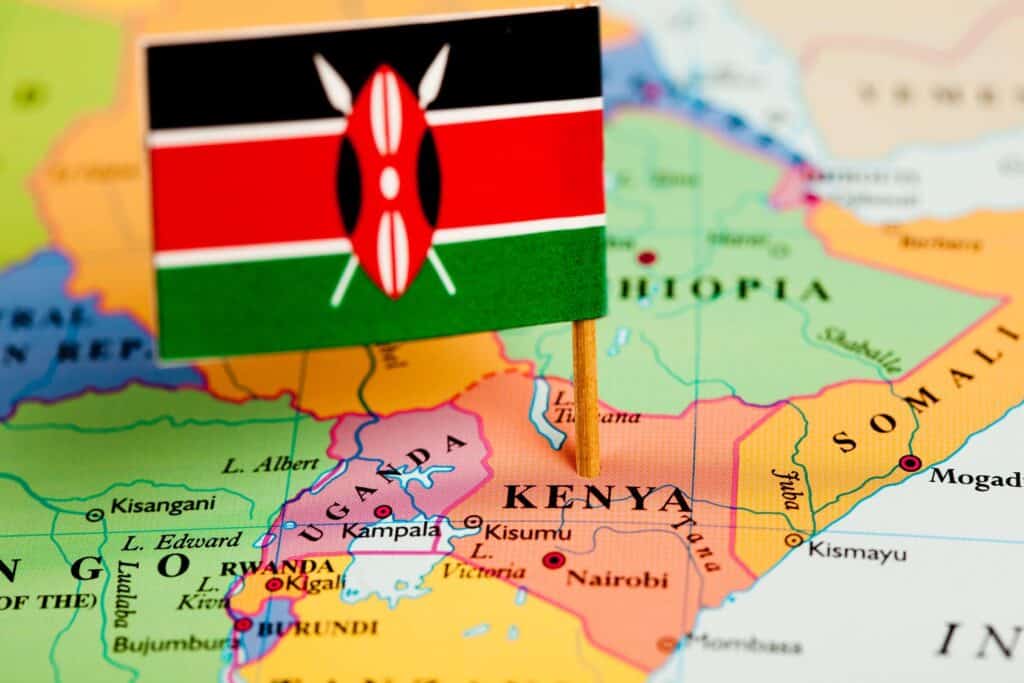
Maasai Mara, located in southwestern Kenya, is part of the larger Serengeti ecosystem.
The nearest major city is Nairobi, from where visitors can fly into several airstrips within the Maasai Mara, such as Keekorok, Ol Kiombo, and Mara Serena.
Alternatively, a road trip from Nairobi takes about 5-6 hours, offering a scenic drive through Kenya’s Rift Valley.
The Maasai Mara is best visited during the dry seasons from June to October and December to March, which coincide with the Great Migration and other wildlife spectacles.
Wildlife Experience
When comparing Kruger National Park vs Maasai Mara, both offer exceptional wildlife experiences, but they each have unique attributes that make them special.
Kruger National Park, South Africa

Kruger National Parkis home to an impressive variety of wildlife, including the Big Five: lions, elephants, buffaloes, leopards, and both black and white rhinos.
The park’s diverse habitats support a wide range of species, making it one of the best places in Africa for wildlife viewing. Visitors can spot hippos, crocodiles, cheetahs, and over 500 species of birds.
Kruger is renowned for its consistent Big Five sightings, often allowing visitors to see all five in a single day.
The park’s dense vegetation and varied landscapes, from savannas to riverine forests, provide unique opportunities for wildlife photography.
Maasai Mara National Park, Kenya
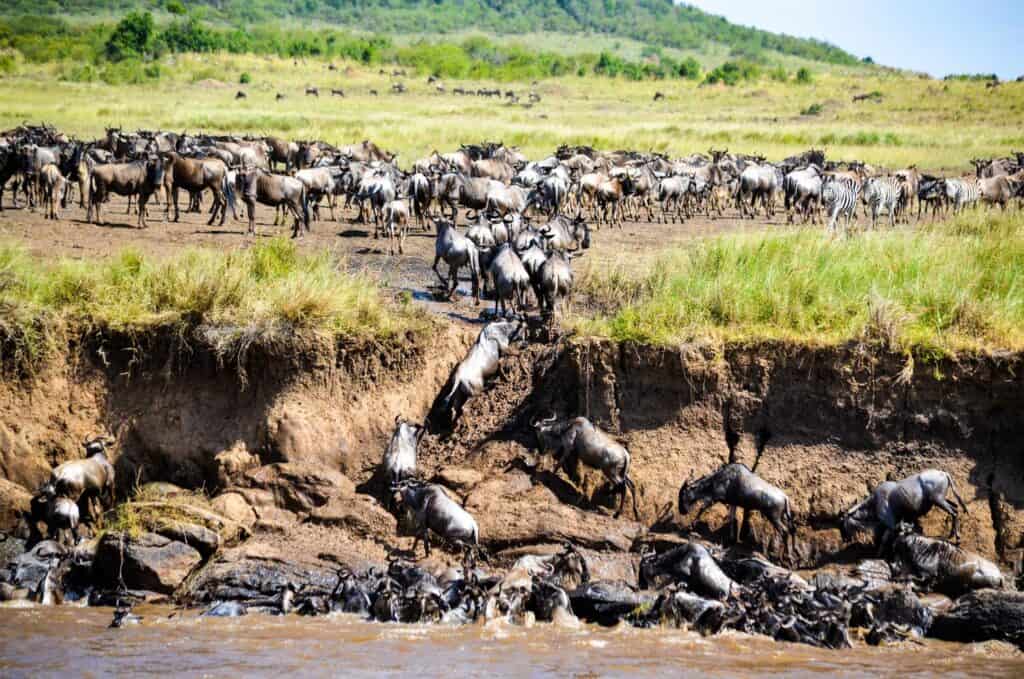
Maasai Marais equally famous for its abundant wildlife and is particularly renowned for the Great Migration.
Every year, from July to October, millions of wildebeest, zebras, and gazelles migrate from the Serengeti in Tanzania to the Maasai Mara, creating one of the most spectacular wildlife events on the planet. This attracts a large number of predators, including lions, cheetahs, and hyenas, providing thrilling game-viewing opportunities.
The open plains of the Maasai Mara make it easier to spot wildlife, and the reserve is known for its large lion prides and frequent cheetah sightings. Although rhinos are harder to spot here, the overall wildlife experience is unparalleled during the migration season.
Landscape and Scenery
Kruger National Park and Maasai Mara each offer distinctive and breathtaking landscapes that enhance the safari experience in unique ways.
Kruger National Park, South Africa
Kruger National Park is characterized by its diverse ecosystems, which include savannas, grasslands, riverine forests, and rocky outcrops. The park’s landscape is dotted with large trees, such as baobabs and marulas, providing picturesque scenery and vital habitats for wildlife.

The varied topography includes gentle hills and vast plains, creating a dynamic environment for both animals and visitors.
Kruger also features numerous water sources, including the Sabie and Crocodile rivers, which attract a plethora of wildlife, especially during the dry season.
Maasai Mara National Park, Kenya
In contrast, Maasai Mara is renowned for its iconic, sweeping plains that seem to stretch endlessly under the vast African sky.
The open grasslands are interspersed with acacia trees and riverine forests along the Mara and Talek rivers. These rivers are crucial for the survival of the wildlife, especially during the dry season.

The Maasai Mara’s landscape is particularly famous for its golden-hued savannahs, which provide stunning backdrops for photography, especially during sunrise and sunset. The rolling hills and the dramatic escarpment of the Rift Valley add to the park’s scenic beauty.
Additionally, the Mara River is a focal point during the Great Migration, where dramatic river crossings by wildebeest and zebras create unforgettable spectacles.
Accommodation and Facilities
Kruger National Park, South Africa
Kruger National Park offers a wide range of accommodation options to suit various budgets and preferences, from luxury lodges to budget-friendly campsites.
The park is home to several well-known private game reserves, such as Sabi Sands, Timbavati, and Manyeleti, which offer exclusive lodges with high-end amenities, including private game drives, gourmet dining, and spa services. These lodges provide an intimate safari experience with fewer visitors and more personalized service.
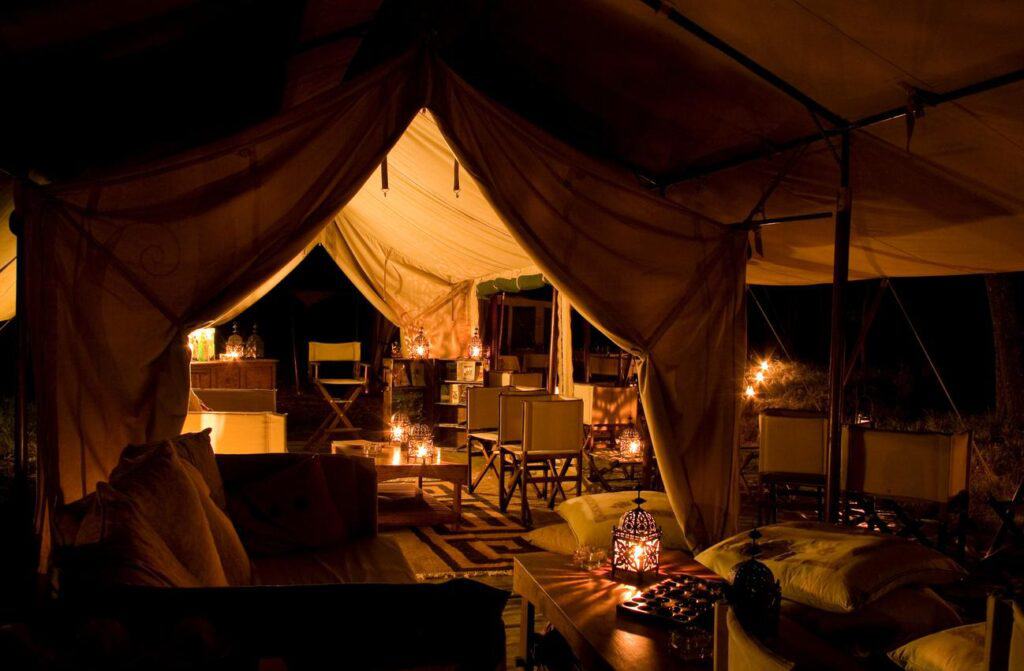
For those looking for more affordable options, Kruger has numerous rest camps operated by the South African National Parks (SANParks). These camps offer a variety of accommodation types, including bungalows, cottages, and campsites.
The rest camps are well-equipped with facilities such as restaurants, shops, swimming pools, and even laundromats, making them suitable for longer stays. Self-catering options are also available, allowing visitors to prepare their own meals.
Maasai Mara National Park, Kenya
In contrast, Maasai Mara is known for its luxurious tented camps that blend comfort with a sense of adventure.
These tented camps range from mid-range to ultra-luxurious, often featuring en-suite bathrooms, hot showers, and private decks overlooking the savanna. Many camps also offer all-inclusive packages that cover meals, drinks, and game drives, providing a hassle-free experience for visitors.
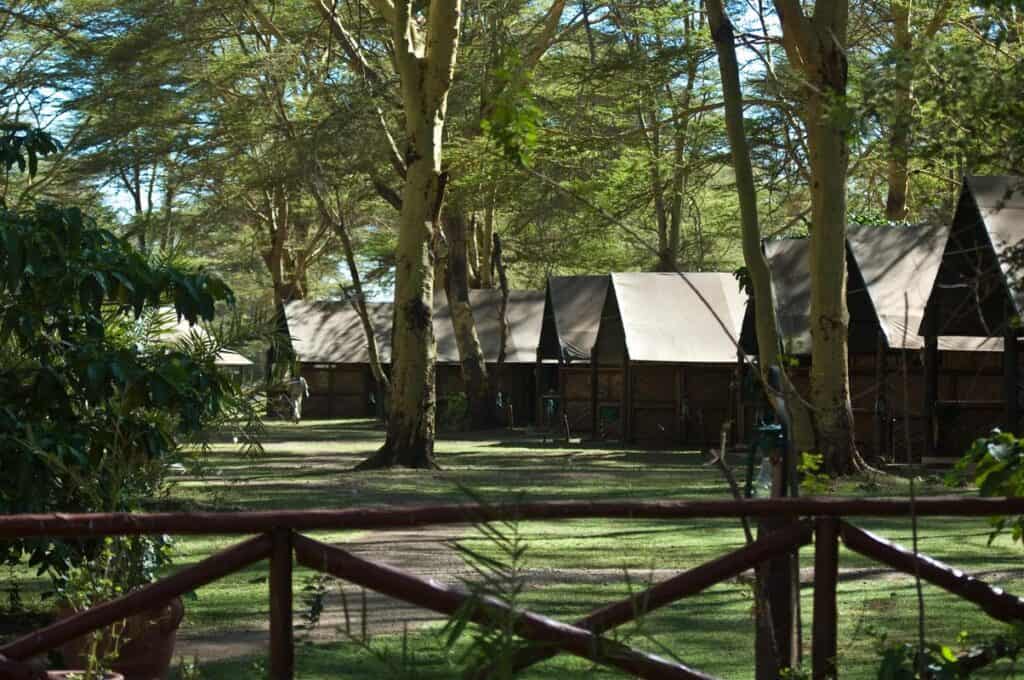
The Maasai Mara also has a number of lodges and campsites for budget travelers, though the selection is more limited compared to Kruger.
A unique feature of the Maasai Mara is its private conservancies, which offer a more exclusive safari experience with limited visitor numbers and off-road driving privileges. Staying in a conservancy often includes additional activities such as night drives, guided walks, and cultural visits to Maasai villages. These conservancies provide a more secluded and intimate experience compared to the main reserve.
Cultural and Historical Significance
Kruger National Park, South Africa
Kruger National Park has a rich historical and cultural significance that adds depth to the safari experience.
The park is home to numerous archaeological sites, including ancient rock paintings and artifacts dating back thousands of years. These sites provide a glimpse into the lives of the early inhabitants of the region, such as the San people, who left behind a legacy of rock art depicting wildlife and daily life.
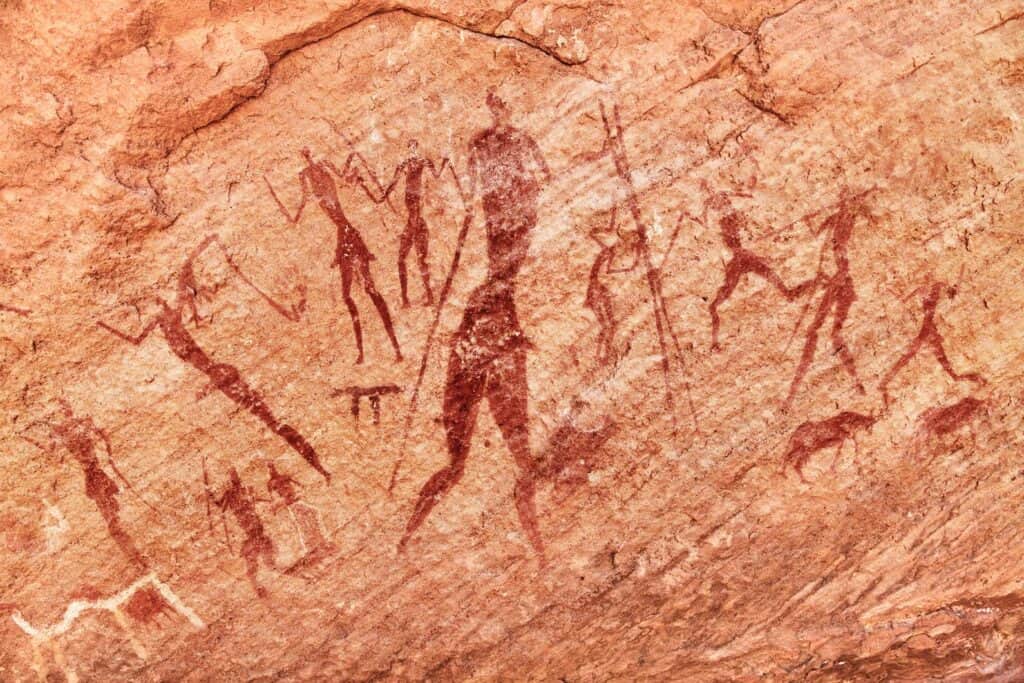
Visitors can explore these sites to learn more about the human history intertwined with the natural landscape of Kruger.
Maasai Mara National Park, Kenya
In contrast, Maasai Mara is deeply connected to the Maasai people, a semi-nomadic tribe known for their vibrant culture and traditions.
The Maasai have lived in harmony with the wildlife for centuries, and their presence adds a unique cultural dimension to the safari experience. Visitors to the Maasai Mara can engage in cultural tours that include visits to Maasai villages, where they can learn about traditional Maasai customs, watch traditional dances, and see demonstrations of beadwork and other crafts.
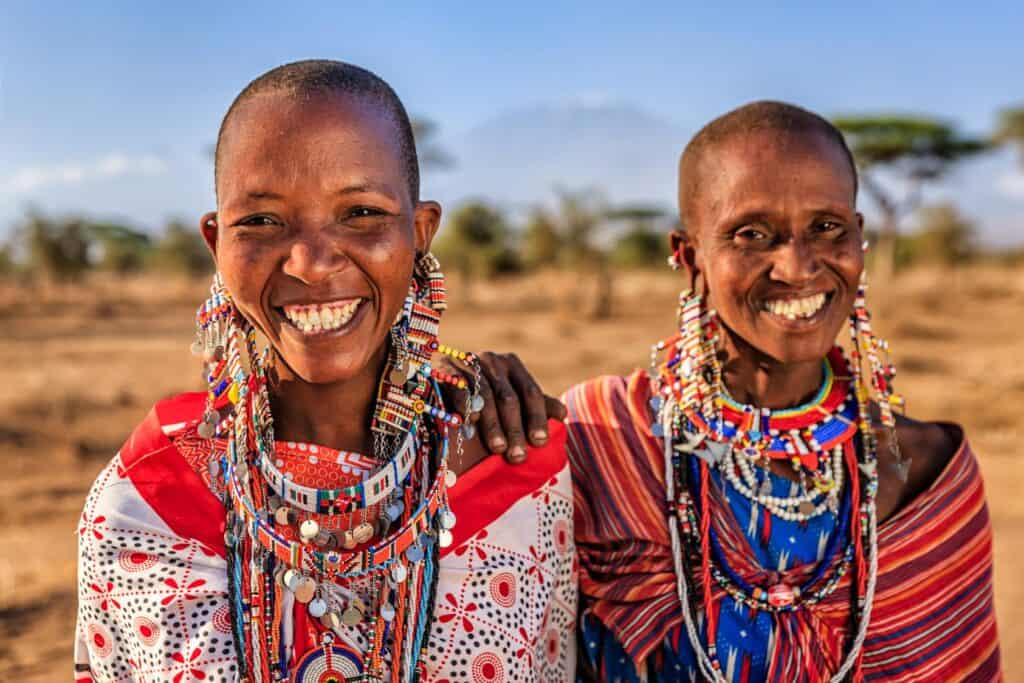
The Maasai guides also share their extensive knowledge of the land and its wildlife, providing a rich cultural context to the safari experience.
While Kruger focuses more on its archaeological heritage, the Maasai Mara offers an immersive cultural experience with the Maasai people, making each destination unique in its own way. This blend of cultural and historical significance enhances the overall safari experience, offering more than just wildlife viewing.
Activities and Tours
Kruger National Park, South Africa
Kruger National Park offers a wide variety of activities and tours that cater to different interests and levels of adventure.
One of the main attractions is the self-drive safari, which allows visitors to explore the park at their own pace on well-maintained roads.
For those who prefer guided experiences, Kruger provides organized game drives led by knowledgeable rangers. These game drives often take place in the early morning or late afternoon, optimal times for wildlife viewing. Night drives are also available, offering a chance to see nocturnal animals like hyenas and leopards.
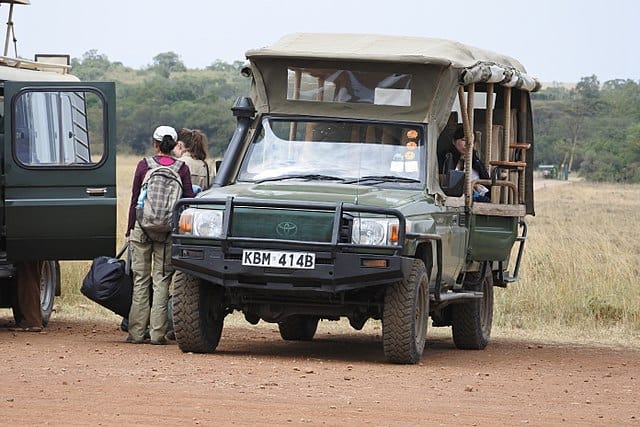
Walking safaris in Kruger are another popular activity, providing a more intimate experience with the park’s flora and fauna. These guided walks are led by armed rangers and offer insights into the smaller details of the ecosystem that are often missed on vehicle-based safaris.
Additionally, Kruger offers unique experiences such as bush braais (barbecues) and wilderness trails that include multi-day hikes with overnight stays in rustic camps.
Maasai Mara National Park, Kenya
Maasai Mara is renowned for its traditional game drives, but it also offers a variety of unique activities.
One of the most iconic experiences is the hot-air balloon safari, which provides breathtaking aerial views of the park at sunrise. This experience is particularly spectacular during the Great Migration, offering a bird’s-eye view of the massive herds of wildebeest and zebras.
Guided walking safaris are also available in the private conservancies, allowing visitors to explore the bush on foot with Maasai guides who share their knowledge of the land and wildlife.
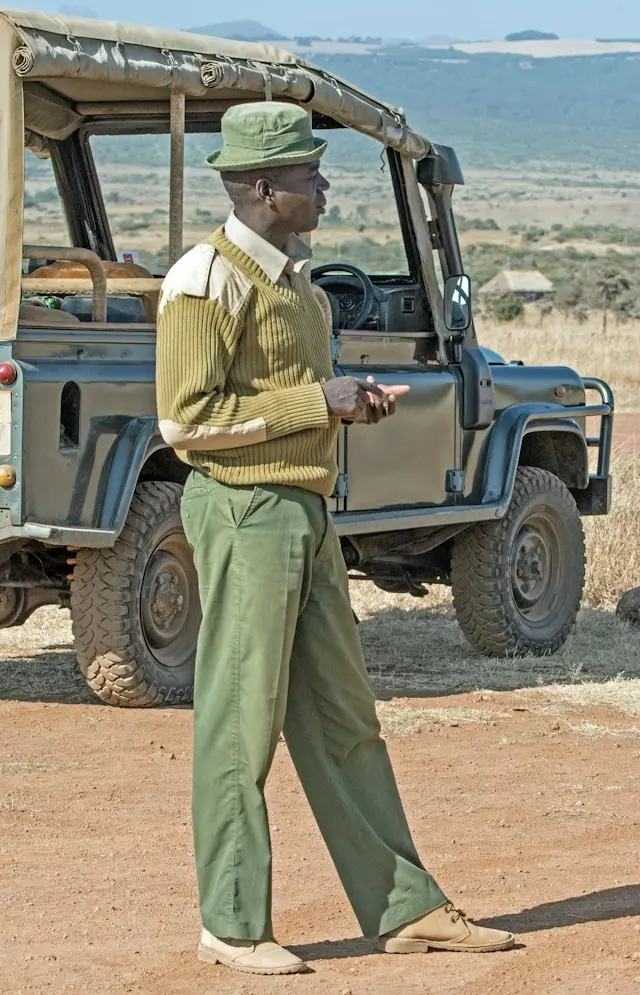
In addition to these activities, the Maasai Mara offers cultural tours to nearby Maasai villages, where visitors can learn about the Maasai way of life, watch traditional dances, and purchase handmade crafts.
Night drives and bush dinners are available in the private conservancies, providing unique ways to experience the park’s nocturnal wildlife and enjoy the African wilderness under the stars.
Conservation Efforts
Both Kruger National Park and Maasai Mara are deeply committed to wildlife conservation, each employing various strategies to protect their ecosystems and the animals that inhabit them.
Kruger National Park, South Africa
Kruger National Park has implemented extensive anti-poaching measures to combat the illegal hunting of rhinos, elephants, and other endangered species. The park employs a network of rangers and uses advanced technology, including drones and motion sensors, to monitor and protect wildlife.
Kruger also collaborates with neighboring private reserves and international organizations to strengthen conservation efforts across the region. One notable initiative is the Greater Kruger Environmental Protection Foundation, which supports community-based conservation projects and provides education and resources to local communities to reduce human-wildlife conflict.
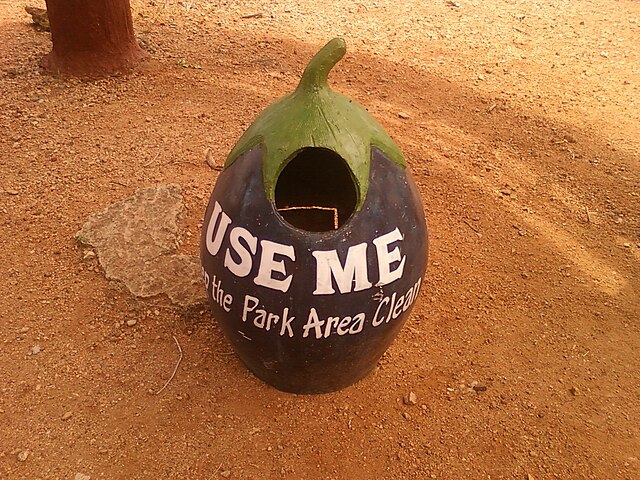
In addition to anti-poaching efforts, Kruger focuses on habitat restoration and biodiversity research. The park’s scientific services division conducts ongoing studies on wildlife populations, ecosystem health, and the impacts of climate change. These research efforts inform management strategies to ensure the long-term sustainability of Kruger’s diverse ecosystems.
Maasai Mara National Park, Kenya
Maasai Mara also faces significant conservation challenges, particularly during the Great Migration when large numbers of wildlife cross into the reserve.
The Maasai Mara Wildlife Conservancies Association (MMWCA) plays a crucial role in coordinating conservation efforts among the numerous private conservancies that surround the national reserve. These conservancies implement strict land-use practices to protect wildlife habitats and reduce the impact of tourism.
Community involvement is a cornerstone of conservation in the Maasai Mara. Many conservancies operate on land leased from Maasai landowners, providing them with income and incentivizing the protection of wildlife. Educational programs and eco-tourism initiatives help raise awareness about the importance of conservation and promote sustainable practices among local communities.
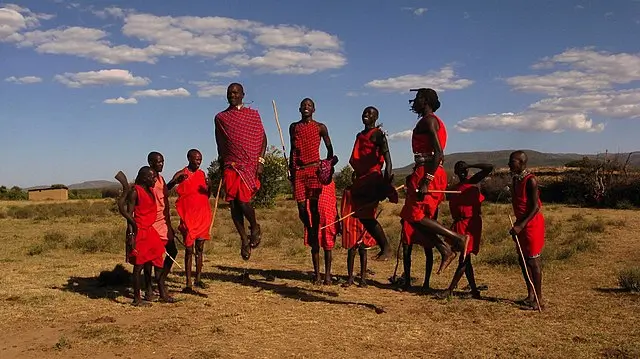
Both Kruger and Maasai Mara demonstrate that successful conservation requires a multifaceted approach, combining anti-poaching measures, habitat protection, scientific research, and community engagement.
By visiting these parks, tourists not only experience incredible wildlife but also contribute to the ongoing efforts to preserve these vital ecosystems for future generations.
Visitor Tips and Recommendations
When planning a safari to either Kruger National Park or Maasai Mara National Park, there are several tips and recommendations to ensure a memorable and enjoyable experience.
Packing Tips and Travel Essentials
- Clothing: Pack light, breathable clothing in neutral colors to blend in with the environment and avoid attracting insects. Layering is key, as mornings and evenings can be cool, while midday temperatures are often high. Don’t forget a wide-brimmed hat, sunglasses, and a scarf or bandana to protect against dust.
- Footwear: Comfortable walking shoes or boots are essential for game drives and walking safaris. Bring flip-flops or sandals for relaxing at your lodge or camp.
- Health and Safety: Carry essential medications, a basic first aid kit, insect repellent, and sunscreen. Check vaccination requirements for your destination and consider malaria prophylaxis if visiting during the rainy season. Travel insurance that covers medical evacuation is highly recommended.
Best Practices for Wildlife Viewing
- Respect Wildlife: Maintain a safe distance from animals and never attempt to feed or touch them. Follow your guide’s instructions and keep noise to a minimum to avoid disturbing the wildlife.
- Photography: Bring a good quality camera with a zoom lens for capturing distant wildlife. Binoculars are also useful for spotting animals from a distance. Ensure you have extra batteries and memory cards.
- Etiquette: Be considerate of other safari-goers. Keep quiet during game drives to enhance the experience for everyone and to increase the chances of spotting wildlife. Avoid using bright lights or flash photography at night as it can startle animals.
Recommendations for First-Time Visitors
- Timing Your Visit: The best time to visit Kruger is during the dry season (May to September) when wildlife congregates around water sources, making them easier to spot. For Maasai Mara, plan your trip between July and October to witness the Great Migration. However, both parks offer excellent game viewing year-round.
- Booking Accommodations: Book your accommodations well in advance, especially during peak seasons. Consider staying in private conservancies for a more exclusive and intimate safari experience.
- Engage with Local Guides: Utilize the expertise of local guides and rangers who have an intimate knowledge of the area. They can enhance your safari experience with insights into animal behavior, ecology, and local culture.
Conclusion
Both Kruger National Park and Maasai Mara offer unparalleled safari experiences, each with its unique charm and attractions.
Kruger National Park, with its vast size, diverse ecosystems, and well-developed infrastructure, provides a comprehensive and accessible safari experience. It is ideal for those who want to see the Big Five and enjoy a variety of activities, from self-drive safaris to guided walks. The park’s rich historical and archaeological sites add an extra layer of interest to the visit.
On the other hand, Maasai Mara’s stunning landscapes, open plains, and the spectacle of the Great Migration make it a must-visit for wildlife enthusiasts and photographers. The deep cultural connection with the Maasai people offers a unique cultural experience that enriches the safari adventure. The exclusive conservancies around Maasai Mara provide intimate wildlife encounters and a chance to explore the area through unique activities like hot-air balloon safaris and night drives.
Ultimately, the choice between Kruger National Park and Maasai Mara National Park depends on your personal preferences and what you hope to experience on your safari. Whether you choose the diverse landscapes and historical depth of Kruger or the dramatic wildlife spectacles and cultural richness of Maasai Mara, both destinations promise unforgettable memories and a profound appreciation for Africa’s natural beauty and wildlife.
